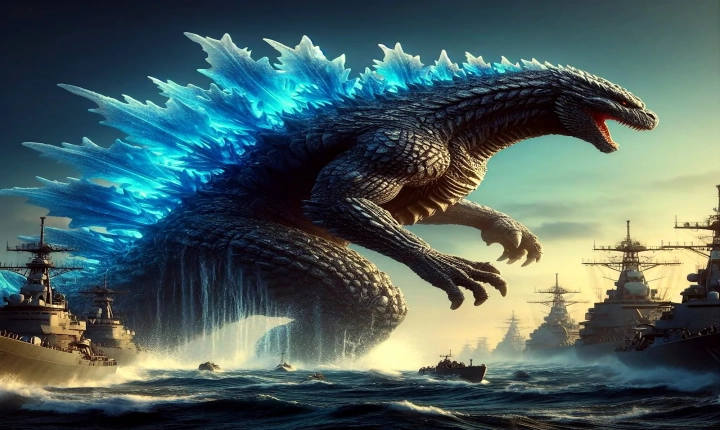AI and Robotics: Are They the Same?
The worlds of artificial intelligence (AI) and robotics have long been intertwined, often creating confusion in people’s minds. While both fields are undoubtedly fascinating and have a significant impact on various industries, they are not the same. In fact, AI and robotics are distinct disciplines with unique characteristics and applications.
Artificial intelligence refers to the simulation of human intelligence in machines, allowing them to think, analyze, and make decisions like humans. AI encompasses a broad range of technologies, including machine learning, natural language processing, and computer vision. These tools enable computers to process and understand massive amounts of data, recognize patterns, and perform tasks that typically require human intelligence.
On the other hand, robotics focuses on the design, construction, operation, and use of robots. Robots are physical machines programmed to perform various tasks autonomously or under human supervision. While many robots incorporate AI technologies to enhance their capabilities, not all robots are equipped with AI. Robotics also encompasses fields such as mechanical engineering, electrical engineering, and computer science to develop systems that can sense, perceive, and interact with their environment.
It is essential to understand the distinction between AI and robotics because this knowledge can help us comprehend the diverse applications and implications of each field. AI has made significant strides in areas such as healthcare, finance, and transportation, revolutionizing how we diagnose illnesses, make financial predictions, and enhance driving safety. Robotics, on the other hand, has transformed industries such as manufacturing, logistics, and space exploration, where robots are used to assemble products, move inventory, and conduct research in harsh environments.
Moreover, the convergence of AI and robotics has led to the development of intelligent machines that can perform complex physical tasks while leveraging advanced decision-making capabilities. This synergy has given rise to the concept of “autonomous robots,” which can learn from their experiences, adapt to changing circumstances, and operate without constant human intervention.
Despite their differences, both AI and robotics hold tremendous potential to reshape our society and economy. By understanding their unique attributes and exploring the possibilities they offer, we can harness the power of these technologies to create innovative solutions that address critical challenges in various fields.
In conclusion, while AI and robotics share some common ground, they are distinct disciplines with diverse applications and impacts. AI encompasses the intelligence and decision-making capabilities of machines, while robotics involves the physical design and operation of autonomous systems. By recognizing the differences between these fields, we can gain a deeper understanding of their potential and pave the way for groundbreaking advancements in technology and science.
